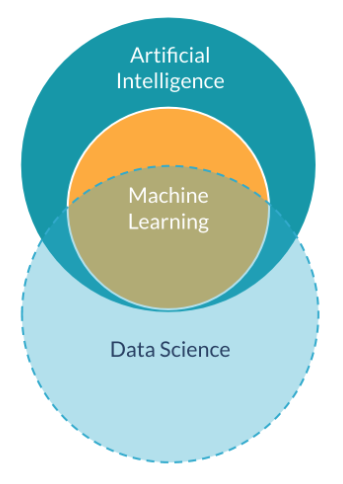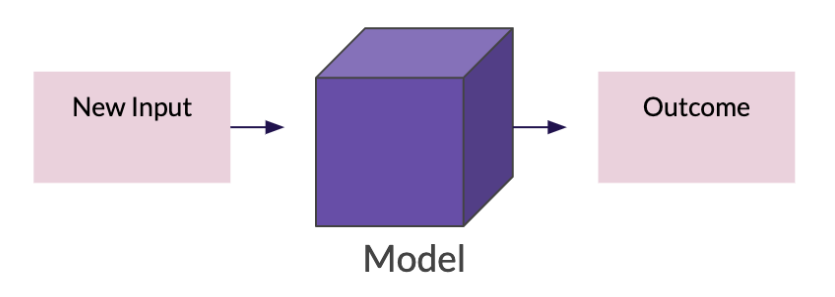AI and ML
Overview
Artificial intelligence (AI) is transforming industries like healthcare, marketing, HR, and creative arts. Machine learning (ML) is a key part of AI that allows computers to learn from data.
- AI covers many areas including robotics and expert systems
- ML focuses on learning patterns from data to make predictions
AI and ML together help automate decisions, improve efficiency, and create new possibilities across sectors.
 |
|---|
Artificial Intelligence
Artificial Intelligence is about making computers behave intelligently. It includes many subfields, but ML is the most widely used today.
- Uses data to make decisions or predictions
- Can include robotics, vision, and natural language processing
- Aims to replicate aspects of human intelligence
AI enables machines to perform tasks that normally require human judgment.
Machine Learning
Machine learning is a method for computers to learn patterns from data without explicit programming. It can explain why things happen or predict what will happen next.
- Inference: Understanding causes, like "why it rains?"
- Prediction: Forecasting events, like "will it rain tomorrow?"
Machine learning identifies patterns in data and uses those patterns to make predictions. For example, it can analyze past emails to recognize spam and then spot new spam messages.
- Learns patterns from existing data
- Applies learned patterns to new data
- Requires high-quality data for success
Machine Learning Models
Data science uses machine learning to find and communicate insights. Machine learning models represent real-world processes and help predict future events based on past data.

For example, a model might predict traffic based on past data or determine if a tweet is fake. By inputting new data, the model can give predictions and probabilities.
Interacting with the Environment
Artificial Intelligence can interact with the physical or digital environment in several ways. Three main areas are computer vision, natural language processing, and robotics.
- Each area uses AI to perceive or act in the environment
- Applications range from analyzing images to understanding speech and controlling machines
These areas show how AI can sense, understand, and respond to the world around it.
Computer Vision
Computer vision helps machines "see" and understand images and videos. It often works with deep learning to perform complex visual tasks.
-
Image Processing
- Enhances images or videos
- Example: Photo filters or automatic color correction
-
Object Detection
- Identifies objects in images or video streams
- Example: Surveillance cameras or package tracking
-
Motion Analysis
- Measures speed and direction of moving objects
- Example: Tracking vehicles in traffic monitoring
-
Image and Video Generation
- Creates realistic visuals from text or other inputs
- Example: AI-generated art or virtual backgrounds
Natural Language Processing (NLP)
NLP allows machines to understand, interpret, and generate human language. It powers many modern applications like chatbots and translators.
-
Text Classification and Sentiment Analysis
- Categorizes documents or reviews
- Example: Analyzing customer feedback for positive or negative sentiment
-
Conversational AI
- Powers chatbots and virtual assistants
- Example: Customer support bots on websites
-
Speech Recognition
- Converts audio to text and vice versa
- Example: Voice assistants on phones or smart speakers
Robotics
Robotics combines AI with physical machines to interact with the environment. It often uses computer vision and NLP to sense, act, and make decisions.
-
Sensing and Perception
- Robots gather data from surroundings
- Example: Drones capturing aerial images, mobile robots detecting obstacles
-
Manipulation
- Robots interact with objects to change their environment
- Example: Industrial robots assembling cars or moving packages
-
Human-Robot Interaction
- Robots communicate and respond to humans
- Example: Humanoid robots that listen, speak, and perform tasks
Robotics shows how AI can physically interact with the world, making decisions, performing actions, and collaborating with humans.